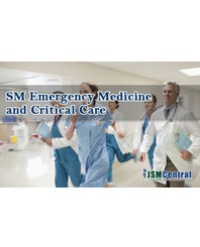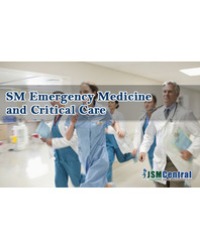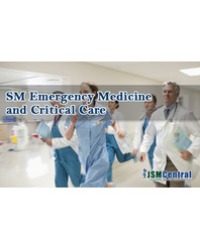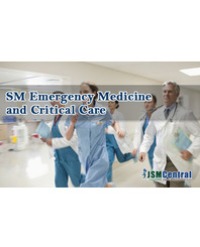
Results of the Application of an Alveolar Recruitment Maneuver in Ventilated Patients
Objective: To evaluate the effects of an Alveolar Recruitment Maneuver on the reduction of complications, days of ventilation, ICU stay and mortality in ventilated patients.
Design: Trial with controlled background.
Scope: 500-bed University Hospital, 10-bed multipurpose ICU.
Patients: Patients ventilated from January 2010 to December 2012 with protective ventilation without MRA and patients ventilated using the same strategy and MRA from January 2013 to December 2015.
Interventions: Alveolar recruitment maneuver variant characterized by gradual increase of PEEP till doubling the previous value, with duration of two minutes and a frequency of three times a day.
Variables: Complications, days of ventilation, ICU stay and mortality.
Results: We included 97 patients in the control group and 101 in the trial´s group. The average days of ventilation were 6.81 in the control group and 6.79 in the study; the average ICU stay was 8.93 in the control group and 9.44 in the trial´s group. Patients in the trial´s group had fewer complications and mortality was 38.6%, lower than control (52.6%).
Conclusions: The two groups were homogeneous in terms of age, causes of ventilation, APACHE II, LIS index and Berlin classification. Mortality was lower than what predicted by the scales used in the trial´s group. Complications and mortality were significantly lower in the experimental group and there was no difference in relation to days of ventilation and ICU stay
Julio Jesus Guirola de la Parra¹*, Bayron Gil Casa², Volfredo Camacho Assef¹, Ketty Alvarado Bermúdez³, and Nuria Iglesias Almanza¹




